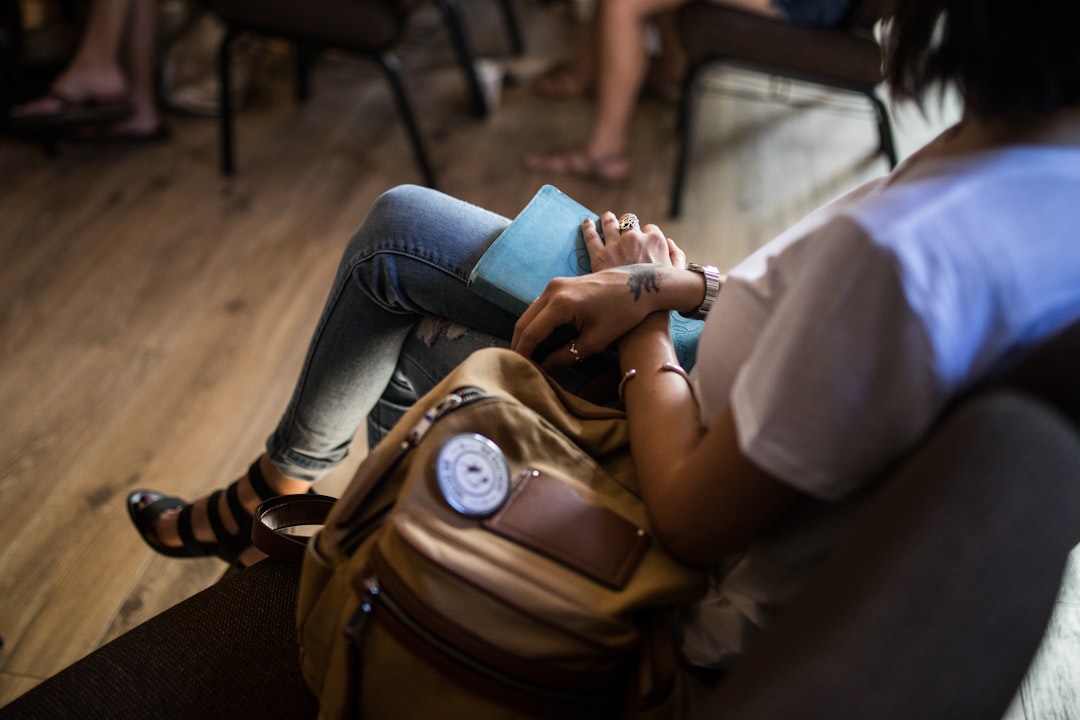What is it about?
Ever wonder how creative minds come together to make something amazing? Our study looked at The Beatles and their documentary 'Get Back' to understand the teamwork behind their legendary songs. We found that, at first, they faced challenges with motivation and emotions, but through working together, they discovered a powerful way to create together. We call it 'Getting in Sync.' This teamwork involves individuals giving each other little boosts of support ('creative co-regulation') and also working together to shape and refine their ideas ('creative shared regulation'). It's like a musical conversation where everyone contributes, making the final result greater than the sum of its parts. By studying real-world collaborations like The Beatles, we hope to learn more about how groups can be creative together, helping not only researchers but also teams looking to inspire creativity and innovation.
Featured Image

Photo by Nguyễn Hiệp on Unsplash
Why is it important?
Our study breaks new ground in understanding how creativity happens in real-world collaborations, using The Beatles' 'Get Back' documentary as a fascinating case study. What sets this work apart is our focus on not just individual creativity but the dynamic teamwork and shared processes that drive it. By exploring the highs and lows of The Beatles' creative journey, we reveal the importance of both individual boosts of support and collective shaping of ideas—what we call 'creative co-regulation' and 'creative shared regulation.' This approach sheds light on how groups can achieve something greater than what any individual could accomplish alone. As interest in collaborative creativity grows, especially in fields like education and group problem-solving (like in teams developing various innovations), our findings offer valuable insights. Whether you're a fan of The Beatles or just curious about the secrets of successful collaboration, this study has something unique to offer.
Perspectives
As someone who's always been fascinated by the magic of creativity, delving into The Beatles' collaborative process in our study was like uncovering hidden treasures. Picture this: the iconic band, initially grappling with lack of motivation and strong negative emotions, eventually finding their groove through individuals giving each other a creative nudge ('creative co-regulation') and, together, molding and refining their ideas ('creative shared regulation'). The Beatles didn't just make music; they crafted a shared vision that transcended each member's contribution. It's a lesson in teamwork that goes beyond the studio and resonates in any collaborative setting. The excitement of discovering these insights is contagious—I can't help but see the potential ripple effect in classrooms, boardrooms, or any place where people come together to create.
Dr. Marek Urban
Institute of Psychology, Czech Academy of Sciences
As a researcher in creativity and metacognition, I was thrilled to analyze rare footage of the Beatles creating their iconic album Let It Be. This flies-on-the-wall view revealed the struggles all teams face when losing alignment, but also the magic that happens when everything clicks. I watched with awe as the right prompt shifted the group from frustration to flow. When voices balanced into a shared vision built on common goals, breakthrough emerged.
Dr. Kamila Urban
Institute for Research in Social Communication, Slovak Academy of Sciences
Read the Original
This page is a summary of: Don't Let it be! Creative Co‐regulation and Socially Shared Regulation in a Case Study of the Beatles: Get Back, The Journal of Creative Behavior, November 2023, Wiley,
DOI: 10.1002/jocb.626.
You can read the full text:
Contributors
The following have contributed to this page










